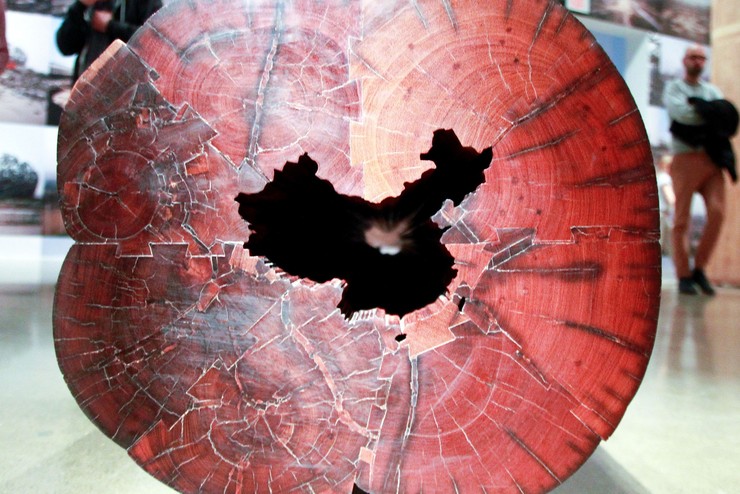
© Joseph Morris, Flickr
Three cities, two weeks, nine academics and makers charged with exploring some of the explosion of maker spaces in China in recent years. For a design historian fascinated by contemporary design and making culture, 'Living Research: Making in China' is quite some opportunity.
I am one of the academics involved in the trip. I’m based in the Faculty of Art, Design and Architecture at Kingston University, London, in an art school fuelled by an ethos of “thinking through making”. This creative context informs both my teaching and research practice, which includes exploring craft and design's relationship in the past and present, examining the pre-eminence of making in design today, and asking what it means to be a historian of contemporary design.
I applied to take part in Living Research both because of my general interests in this area, but also because I'm in the early stages of a couple of making-related research projects that will benefit hugely from this experience. I’ll mention just one of these for now, which is an examination of contemporary British design, from the 1990s to the present.

This is a game of two halves. I want to examine British design as a case study for understanding how design is playing out in other national contexts today, such as China, and how design is operating in global, digitally permeated networks of production, distribution and consumption. China, a dominant player in twenty-first century manufacturing, is central to this story. I also want to explore what methods can be used to research this contemporary design landscape.
I am excited about what we’re going to find in China. If I can expect anything, it is that I will have my expectations confounded. My preconceptions of Chinese production are largely those provided by the media, based on often negative portrayals of a culture of copying and production facilities of an inhuman scale. I am fascinated by the creative freedom, agency and entrepreneurialism that the exploding presence of these makerspaces suggests.
I know that this is going to be a valuable experience on so many levels for all of us involved. We have been given a chance to see the explosion of maker culture in China first-hand, and have been offered an international lens to understand the distinct characteristics of maker culture in both Britain and China. As a researcher, I’ll get to experiment with a range of primary, collaborative and hands-on research methods to try to understand what we encounter, and to consider what possibilities there are for future research projects. Last but not least, this is an opportunity to spend two weeks with a fascinating group of British and Chinese academics, practitioners and all those driving the makerspace phenomenon. I am deeply grateful to the AHRC, British Council, Nesta and the Newton Fund for making this trip possible and look forward to reporting back on our findings.
Cat is a participant on 'Living Research: Making in China', helping us to understand Chinese maker culture through practical creativity and collaboration.